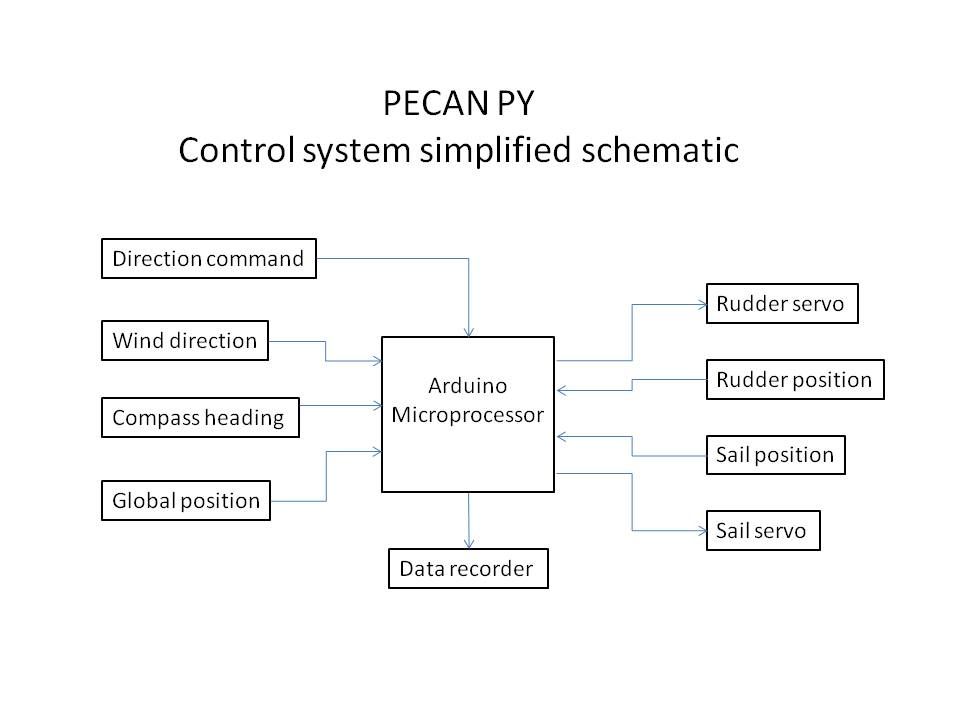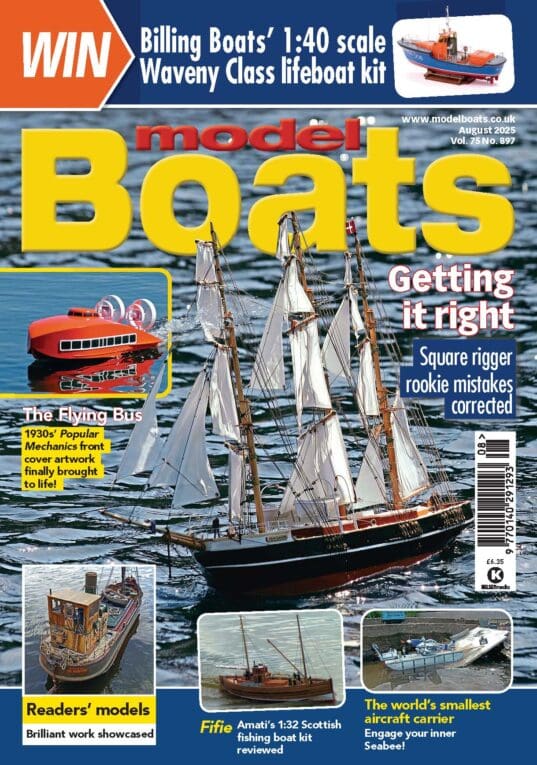Hi,
just want to confirm Gareth's ideas and mine. We know that this has been done, after all there's cars, planes, rockets etc all doing it right now. There is even a specific website for robot yachts! What we are going to try is start from scratch, because that way we will learn from our mistakes and start to understand the skills needed. Our first endeavour, and as far as we are concerned, only endeavour, is to get a yacht to sail from A to B using what we have cobbled together to guide it, rather than use what was invented in the early 1900's using a piece of elastic and later a wind feather (vane).
Sounds so simple, so we are going to become that elastic band and think like it to steer/guide our yacht along. Only by doing it ourselves will we get anything from the task. Once we've worked out how the band can be replaced by electronics, we'll move up to the vane. Once that's done we can then think in 2 dimensions and gybe the yacht, but till then, steering a straight course based on the wind direction and our sail setting is the aim. We will still be poling the turn till then. After all, the most important feature of this part of the yachting is getting the yacht to sail as best it can by the sails as set. That cannot be replaced by a computer! And for those that still don't know, the rudder only operates on the RUN, that's down wind, so the rudder is keeping the yacht on the wind, not letting it fall off either by luffing up or gybing. On the beat (upwind) the rudder is locked dead ahead!
Another project would be to use the onboard electronics to sail into the wind (the beat), that is enabling the yacht's electronics to decide when a tack is required to make the target range decrease. A much harder task, but doable all the same.
We're using Arduino cos they're there and its what we started with. It also mixes with all the other boards and communicates with any and almost all. There are loads of sensor attachments that can be included, we will just plod along till we get it to happen.
Yes, there are several websites where we can download sketches already written, and purchase equipment from lists already collated and combine them all according to someone else drawings and plans. We could also use modern yachts with sail winches. Thats not for us. We are starting as newbies and will plot out own course (obviously we'll look and see what others have down) but we will do it in our own time, our own pace and our own assimilation of the relevant coding requirements. Me, I can blink LEDS to required patterns, switch stuff on and off, and other very simple bits, so this is new ground. Luckily I did use a BBC and a Commodore 64, so that bit of simple basic has helped so far with the sought of logic required.
If Gareth can fly a float plane then I'm sure he can come to terms with programmable chips. He's the systems engineer, and knows how to plan the test stages. Me, I'm along to sail and add the possibles and what ifs. Also, I live right next door to a very large expanse of usable water (16 acres) so have the test tank and safety boats on hand.
Aye, Kim
Aye, Kim





